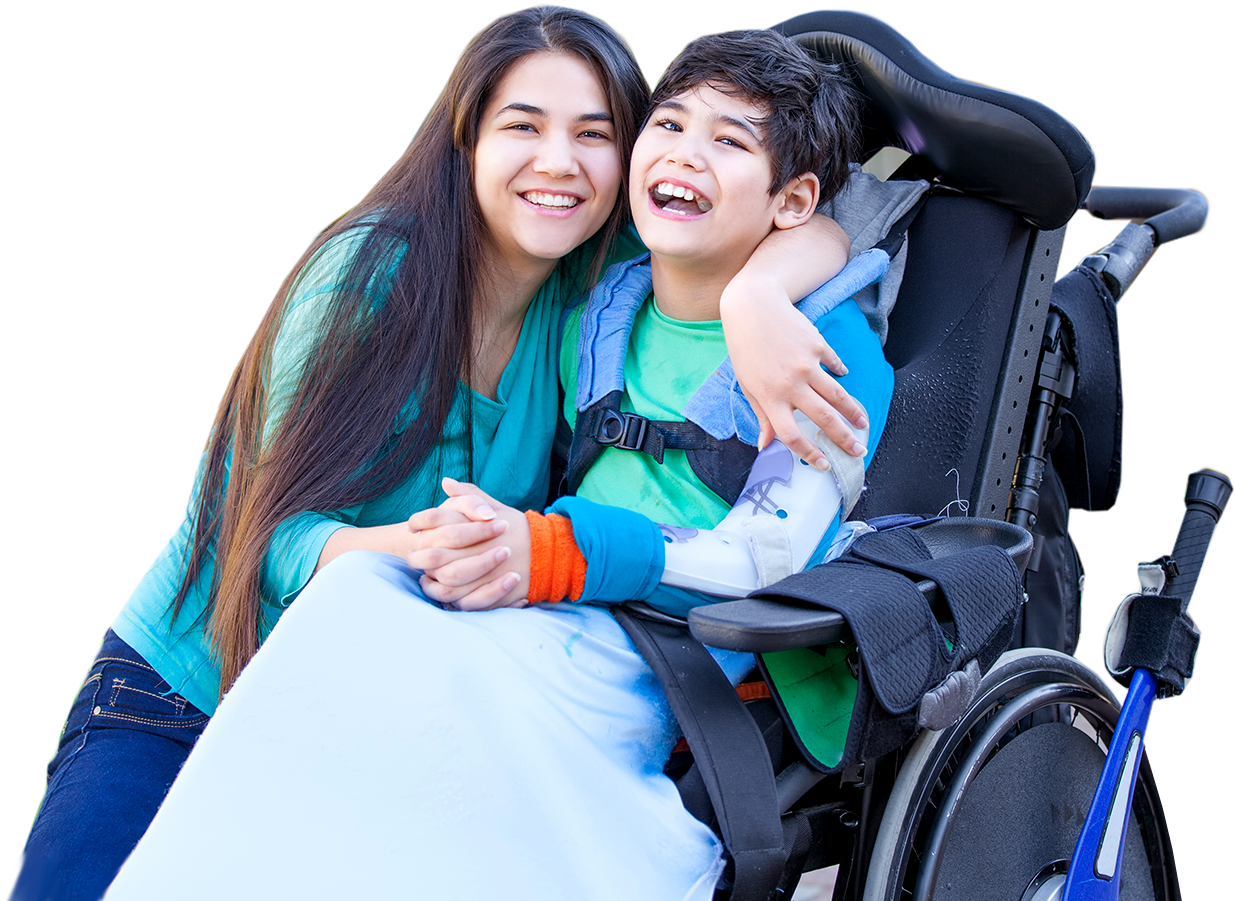CPFN Blog
advice to better care for your child

- Alternative
- Assistive Technology
- Associated Conditions
- Birth Injury
- Causes of Cerebral Palsy
- Cerebral Palsy Diagnosis
- Cerebral Palsy Information
- Cerebral Palsy Therapies
- Cerebral Palsy Treatments
- Child Development
- Doctor Visits
- Education
- Equipment
- Featured
- Legal Help
- Medical Research
- News
- Patient Care
- Prenatal Care and Childbirth
- Stories
- Tips for Parents
- Types of Cerebral Palsy
- Updates
How Do I Know If My Toddler Has Cerebral Palsy?
The toddler years are a time of enormous cognitive, emotional, and social development. But for parents whose children aren’t on track with those normal developmental milestones, this can be a worrisome time. These delays could suggest the existence of a number of different conditions, including cerebral palsy—a neurological disorder that controls muscle movement and posture.... Read More
Causes of Cerebral Palsy: Anoxia/Lack of Oxygen Leading to Stroke
While strokes are typically associated with adults, they can also occur in children, including infants before and after birth. Pediatric stroke affects 25 in 100,000 newborns. Children who have experienced a perinatal stroke may be at risk of developing cerebral palsy. What Is a Perinatal Stroke? According to the American Heart Association, perinatal strokes include... Read More
C-Section and Cerebral Palsy
An estimated one in three women gives birth via cesarean section in the United States alone. While this method of birth is certainly common, it doesn’t come without risks. Understanding these risks and the effect a C-section can have on both you and your child is an important part of preparing for your labor and... Read More
Conditions and Injuries That Cause Children to Develop Cerebral Palsy
Children develop cerebral palsy when their cerebral motor cortex development is impaired or when it is damaged. Various conditions and injuries can trigger abnormal development or damage developing brains. These problems can occur before birth, during birth, and in the first few years of a child’s life, when the young brain is developing. These issues... Read More
Potential Signs of Cerebral Palsy in 13-16-Month-Olds
Doctors typically diagnose children with cerebral palsy at around 2 years of age. However, in some cases, parents may notice several clues suggesting their child has cerebral palsy well before their second birthday. As children develop, the signs of cerebral palsy typically become more pronounced. Learn more about some of the potential signs of cerebral... Read More
Developmental Delays in Children with Cerebral Palsy
The signs of cerebral palsy (CP) can vary from child to child because there is a wide range of levels of this condition. One of the earliest indicators of cerebral palsy is uncontrollable movements of the head and extremities. This list of cerebral palsy symptoms by age isn’t exhaustive but serves as a good starting... Read More
Electroencephalogram (EEG) and Cerebral Palsy
When diagnosing cerebral palsy (CP) in children, healthcare professionals may use brain imaging procedures or EEG to gain insight into how a child’s nervous system is functioning. Medical care teams can use neuroimaging tests to study seizures and related neuromuscular disorders in children. Learn more about neuroimaging through electroencephalography (EEG), how an EEG can help... Read More
Imaging Tests, Brain Scans, and Cerebral Palsy
Over the last several decades, doctors and medical researchers have used brain imaging tests to help them understand how cerebral palsy (CP) develops in children and affects their lives. If your child’s doctor suspects that your child has CP, they may request brain imaging tests to help them correctly diagnose the condition. A pediatric neurologist,... Read More
Vacuum-Assisted Birth and Cerebral Palsy
Some birth deliveries don’t go as planned and require other measures be taken to ensure the mother and baby are safe and healthy throughout the entire birthing experience. One of these measures is a vacuum-assisted delivery. While rare, this type of procedure can cause harm to the baby, with one of the potential risks being... Read More
Labor and Delivery Complications and Cerebral Palsy
Labor and delivery complications can have a long-term impact on the lives of both the child and mother. Many complications can impact the infant’s ability to obtain oxygen in the womb, depriving the brain of adequate oxygen supplies and possibly damaging it. If brain damage occurs during labor and delivery, it can cause long-term impairments... Read More
